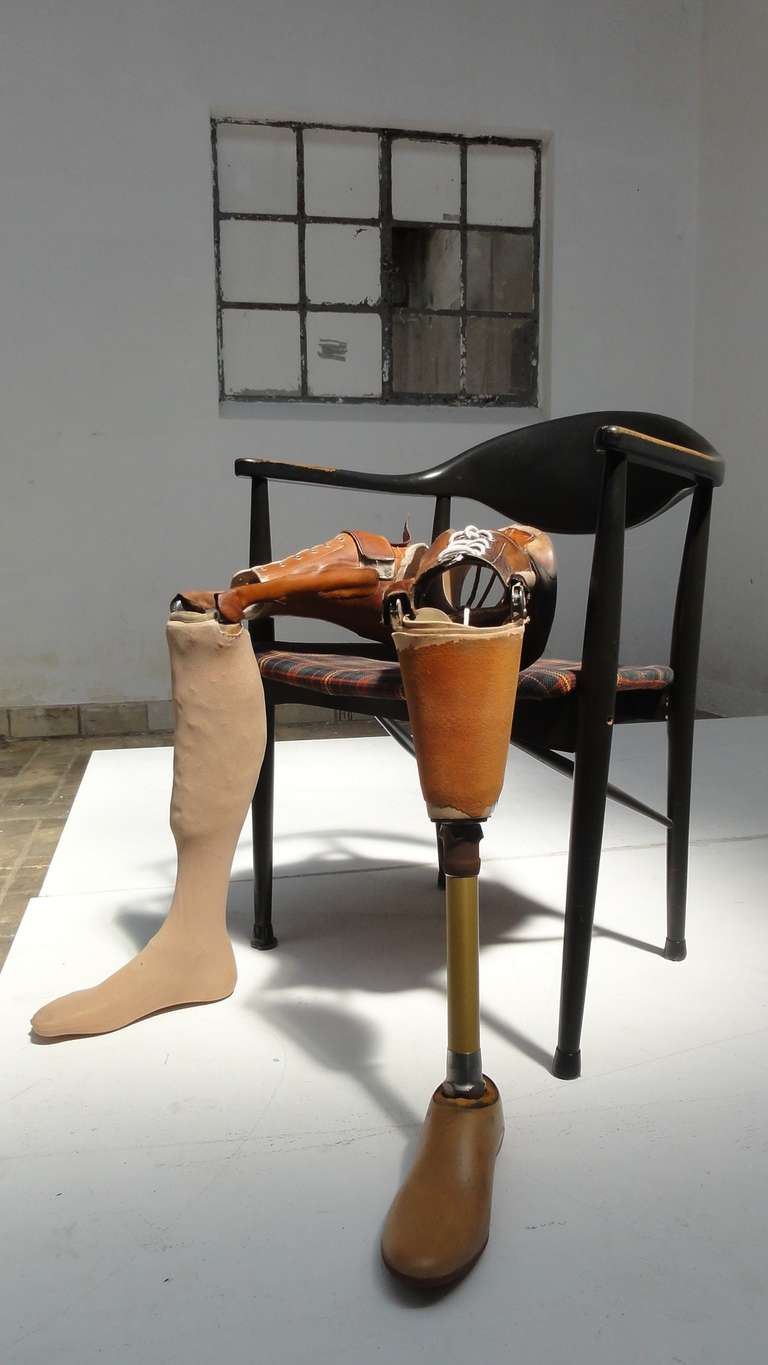This is a blog
It is great to be a part of this module
Nick Evans

reakjf;lgksndf;lksdg
This is a blog
It is great to be a part of this module
Nick Evans

reakjf;lgksndf;lksdg
Following our lecture on stem cells and the ethics workshop, the topic of embryonic stem cells and surrounding ethics stood out to me. Being the product of IVF my embryonic stem cells were once in a position where they could have either been used for research or been implanted and allowed to develop into me! This has made me consider the possibility of not existing today.

IVF (In Vitro Fertilisation) is a technology, which assists women in becoming pregnant. The sex cells (sperm and egg) are collected from the donors, mixed in a test tube and are monitored for fertilisation.
From a fertilised egg cell division begins, the image below shows stages of division. The cells are transferred to the uterus at the blastocyst or cleavage stage. Hopefully implantation occurs resulting in pregnancy!
I am very grateful for IVF, without it I wouldn’t be here! It provides an opportunity for couples that could not conceive naturally to become parents. An argument against IVF is the expense of having the procedure through a private clinic. This can be £5,000 or more, which could change the perceptions of a child. I somewhat agree, the expense of conceiving a child could place more value on the accomplishments of the child, with the parents ‘getting value for money’. Contrary to this, can the expenses of IVF compete with the value of the life created? No one should be disallowed from conceiving due to the lack of money, I feel that this is a natural human right that cannot be denied. IVF is available on the NHS if certain criterion are met, making it more available to a wider range of people and also reducing the impact of commercialisation of the technology.

Embryonic stem cells (ESCs) are a type of stem cells derived from early embryos from the IVF process. ESCs are transient in nature, the cells are pluripotent meaning they can be grown indefinitely and differentiate into all cell types. When these are obtained the embryo is destroyed. The image below shows the process of isolating ESCs.

Stem cells can be used in tissue engineering, developing biological substitutes that restore, maintain, or improve tissue function or a whole organ. Sheets of cultured skin can be used for skin grafts, bladder lining replacement and urethra reconstruction. Using stem cells means that skin doesn’t need to be removed from elsewhere on the patient. Using ESCs over adult cells has also been investigated, showing evidence of a reduced immune response.
ESCs can be used to help replace or replenish cell types. Parkinsons disease symptoms could be eased by the replacement of substantia nigra in the brain!
This video discusses the ethics of ESCs with a participant of IVF (my father) and myself.
©2025 University of Southampton
This is an initially reflective and well researched blog showing how you have chosen to explore the emerging field of…
This is a good attempt at a blog, where you reflect on your recent learning at a lecture/workshop to describe…
This is a fair to good blog, reflecting on your recent learning in some of your modules. You provide a…
This is an engagingly written and reflective blog focussed in general on ethics in medicine. You might improve by citing…
This is a good and well written an presented blog on an original subject - biofilms on implants. You explain…